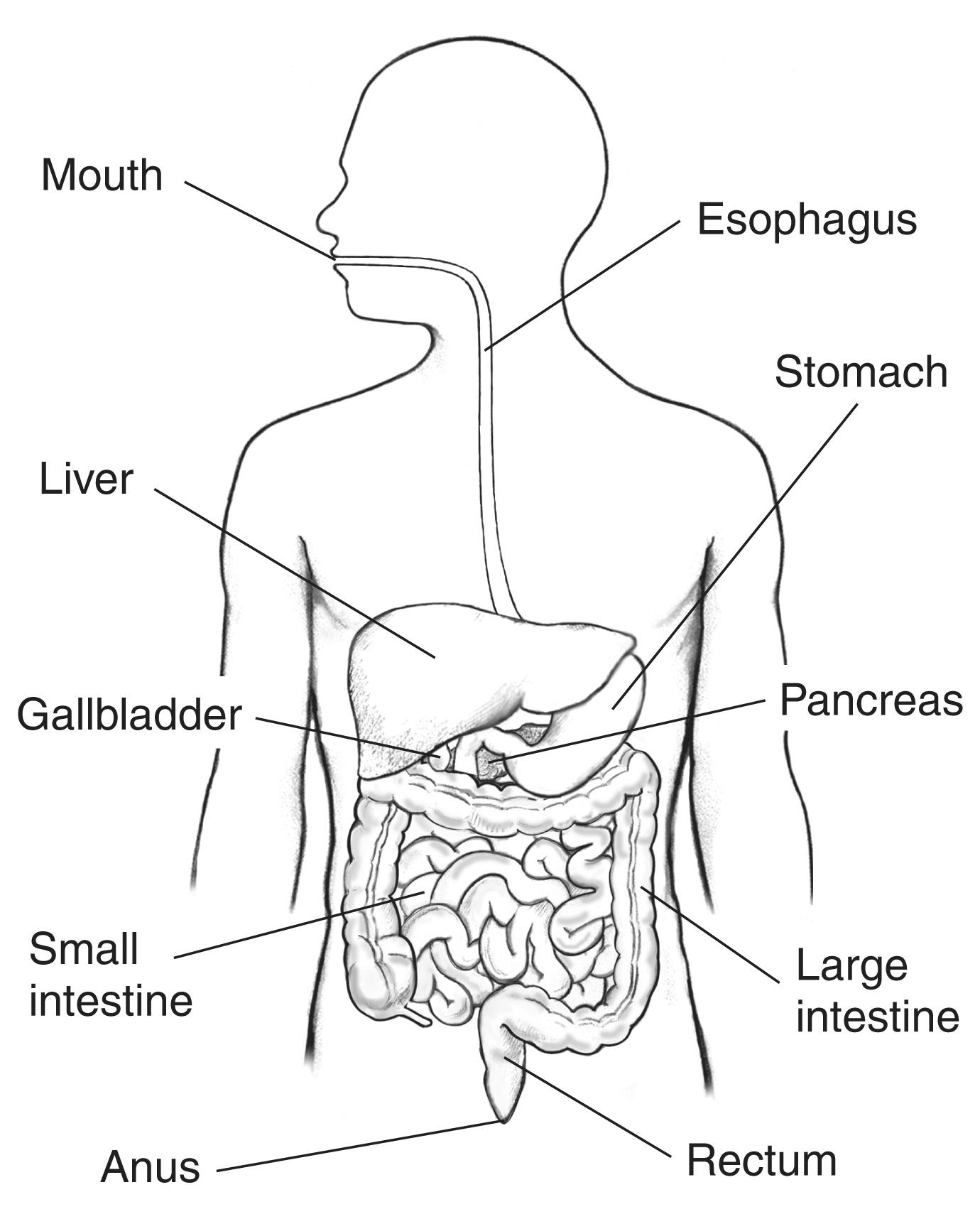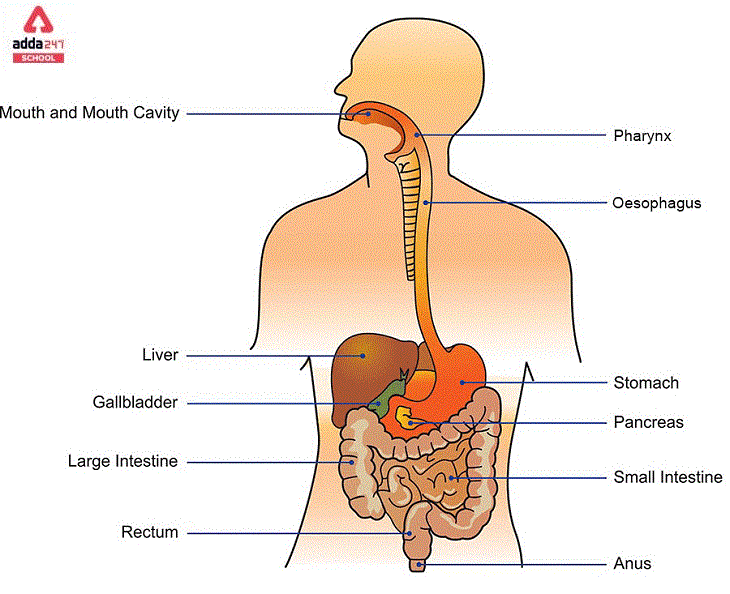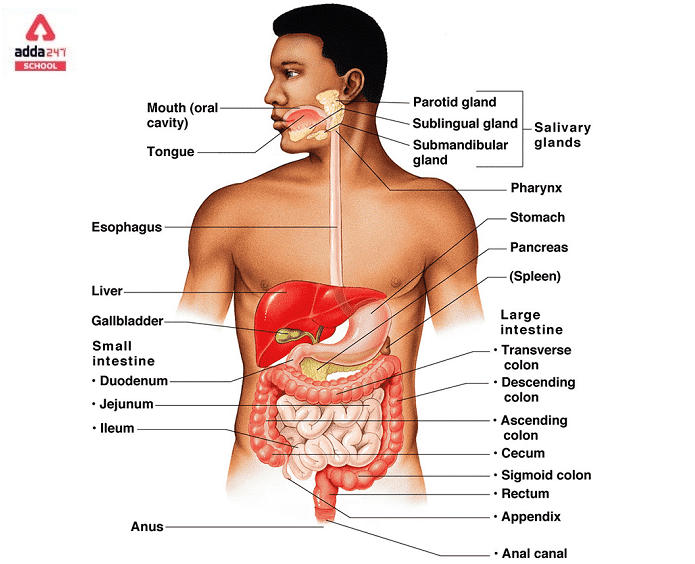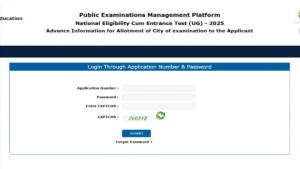Table of Contents
Human Digestive System
Human Digestive System: The amount of creativity that God has put in to make a human just amazes everyone on this planet. How Human Digestive System works are amazing and how everything is shaped to be functioning is much more than just a mere creation. But it is not just about human beings, but every other thing in this universe has been made to stand out, isn’t it? Take any living organism and you will be surprised about every other fact, and even if you don’t get surprised, thinking deeply about it will make you jump out of your bed for sure!
Human Digestive System Class 10
How do living organisms feed themselves is in itself an interesting topic to be discussed, but how do they be acquiring their energy from that food? Everything that happens after we eat food, how to know that? Well, if you are curious too, you need to stick to this article till the end, because we got you covered! In this article, we will be talking about the digestive system, the digestive system of human beings, the digestive system’s function, parts of the Human Digestive System and much more!
Let us first start with what actually is the Human Digestive System?
Digestive System Diagram
The digestive system diagram is given below.

Human Digestive System Diagram for Class 10
Human Digestive System Diagram is given below. The Human Digestive System, often known as the gastrointestinal system, is the component of the body that digests food. It breaks down meals into simple compounds that can be taken into the bloodstream; nutrients then travel to the liver, which acts as a chemical factory for the body. The liver’s job is to modify the nutrients so that the mixture is just right for the body.
When food reaches the stomach, it is met with gastric acid, which is essentially dilute hydrochloric acid and is extremely reactive. Its pH ranges from 1.5 to 3.5. In addition, the stomach has a mucus barrier that protects it from acid.
The Human Digestive System encompasses all of the various organs that aid in the digestion of food, including the digestive enzymes required to break down carbs and meat into compounds.

Human Digestive System Parts
The Human Digestive System and many other animals consist of the following components:
- Mouth
- Pharynx
- Oesophagus
- Stomach
- Intestines
- Small intestine
- Large intestine
- Rectum
- Anus
The following organs are part of the gastrointestinal system but not the gut:
- Gallbladder and liver
- Salivary glands, lips, teeth, tongue, epiglottis, thyroid, and parathyroids are all parts of the pancreas.
Read: Scientific Name of Pig
The Human Digestive System Parts and Functions
Below mentioned are the functions of different parts of the Human Digestive System-
Human Digestive System Part 1- Mouth
The mouth is where the digestive system begins. Saliva is secreted by the mouth and contains enzymes that start the process of breaking down food into a form that your body can absorb and utilise.
More saliva is created as you begin chewing and breaking down the food into small enough pieces to be digested.
Human Digestive System Part 2- Pharynx
The food from your mouth is received by the pharynx. Partial swallowing process takes place in the pharynx.
Human Digestive System Part 3- Oesophagus
The oesophagus is a branch of the throat. The oesophagus transports food from the mouth to the stomach.
Human Digestive System Part 4- Stomach
The stomach is a muscular organ that stores food and also works as a mixer and grinder. Acid and powerful enzymes are secreted by the stomach, which helps to break down the food.
Human Digestive System Part 5- Small intestine
The food passes from the stomach to the small intestine, which uses enzymes made by the pancreas and bile from the liver to break down the meal. The ‘work horse’ of digesting is the small intestine. The majority of nutrients are absorbed in the small intestine.
Human Digestive System Part 6- Large intestine
After the small intestine, what’s left goes into the large intestine. The large intestine is a highly specialised organ with a wide range of functions. It is in charge of digesting waste so that defecation (waste excretion) is simple and convenient.
Human Digestive System Part 7- Rectum
The rectum is a section of the large intestine that finishes in the anus and is part of the gastrointestinal system. It is a temporary storage area for faeces or stools.
Human Digestive System Part 8- Anus
The anus is made up of the muscles that line the pelvis as well as two other muscles known as anal sphincters. It is the last component of the digestive tract.
Human Digestive System Works
The working of the Human Digestive System is explained here. The gastrointestinal tract, as well as the digestive organs that support it, make up the human digestive system. The tongue, salivary glands, pancreas, liver, and gallbladder are digestive accessory organs. Digestion is the process of breaking down food into smaller and smaller components until they can be absorbed and assimilated into the body. There are three stages of digestion: cephalic, gastric, and intestine.
Gastric secretions are produced in reaction to the sight and smell of food in the cephalic phase of digestion.
The gastric phase, where the food is further broken down by interacting with gastric acid until it travels into the first part of the small intestine, is the second stage of digestion.
The intestinal phase kicks off the third stage. Here, partially digested food is combined with a variety of pancreatic enzymes. The chewing of food by the mastication muscles, the tongue, and the teeth, as well as the contractions of peristalsis and segmentation, aid digestion.
Related Post:



 NEET City Intimation Slip 2025 Out at ne...
NEET City Intimation Slip 2025 Out at ne...
 NEET Passing Marks Out of 720, Check NEE...
NEET Passing Marks Out of 720, Check NEE...
 NEET Total Marks- Check NEET Marks Distr...
NEET Total Marks- Check NEET Marks Distr...










